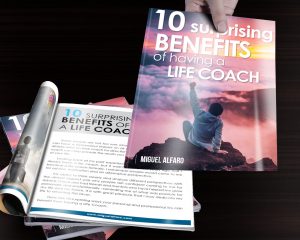
How to Recognize Your Strengths and Weaknesses to Grow Internally
Knowing ourselves deeply is essential for personal and professional growth. Knowing how to identify our strengths and weaknesses not only helps us achieve our goals more easily, but also helps us develop in a balanced way. By recognizing and accepting who we really are, we gain clarity that allows us to make decisions aligned with our capabilities, aspirations, and values.
To start, a good strategy is introspection, which involves taking time to reflect on our experiences and achievements. Identifying moments in which we have excelled or faced difficulties offers us clues about our strengths and weaknesses . Strengths are those qualities that distinguish us, where we demonstrate confidence and skill without much effort. On the other hand, weaknesses are usually those tasks or situations that we avoid or that generate frustration. Recognizing both is not about criticizing ourselves, but about observing ourselves objectively.
People close to us, such as friends, family, and colleagues, can also give us a valuable outside perspective. By asking for honest feedback, we can uncover skills we hadn’t noticed in ourselves or areas we need to improve. This process requires openness and a willingness to listen, but it’s a vital step toward understanding our strengths and weaknesses from a more objective perspective.
Another useful tool is analyzing our emotions in different situations. Strengths often generate feelings of satisfaction, while weaknesses can make us feel insecure. Observing these emotional patterns allows us to know which activities or roles we shine in and which require a different approach. For example, if we feel especially motivated when working in a team, we might consider this a social strength. Conversely, if we avoid public presentations due to anxiety, we might identify this as an area to work on.
Recognizing our strengths and weaknesses also opens the door to more conscious development. Instead of trying to be good at everything, we can focus on enhancing what we do well while managing our weaknesses so that they don’t limit our growth. This approach doesn’t mean ignoring areas for improvement, but rather addressing them in ways that don’t affect our self-esteem.
By accepting our limitations, we can focus on seeking support or additional resources in those areas where we do not excel. For example, if we identify that organization is not our strong point, we could implement planning systems or rely on technological tools that facilitate this task. In this way, our strengths and weaknesses are integrated to help us grow in a balanced way.
Finally, working on self-awareness is an ongoing practice. Our skills and challenges evolve over time and experiences. By developing a growth mindset and self-compassion, we give ourselves the space to learn and adapt without harsh judgment. To delve deeper into personal and professional development, you can check out additional resources at Psychology Today , a trusted source for self-awareness tools.







